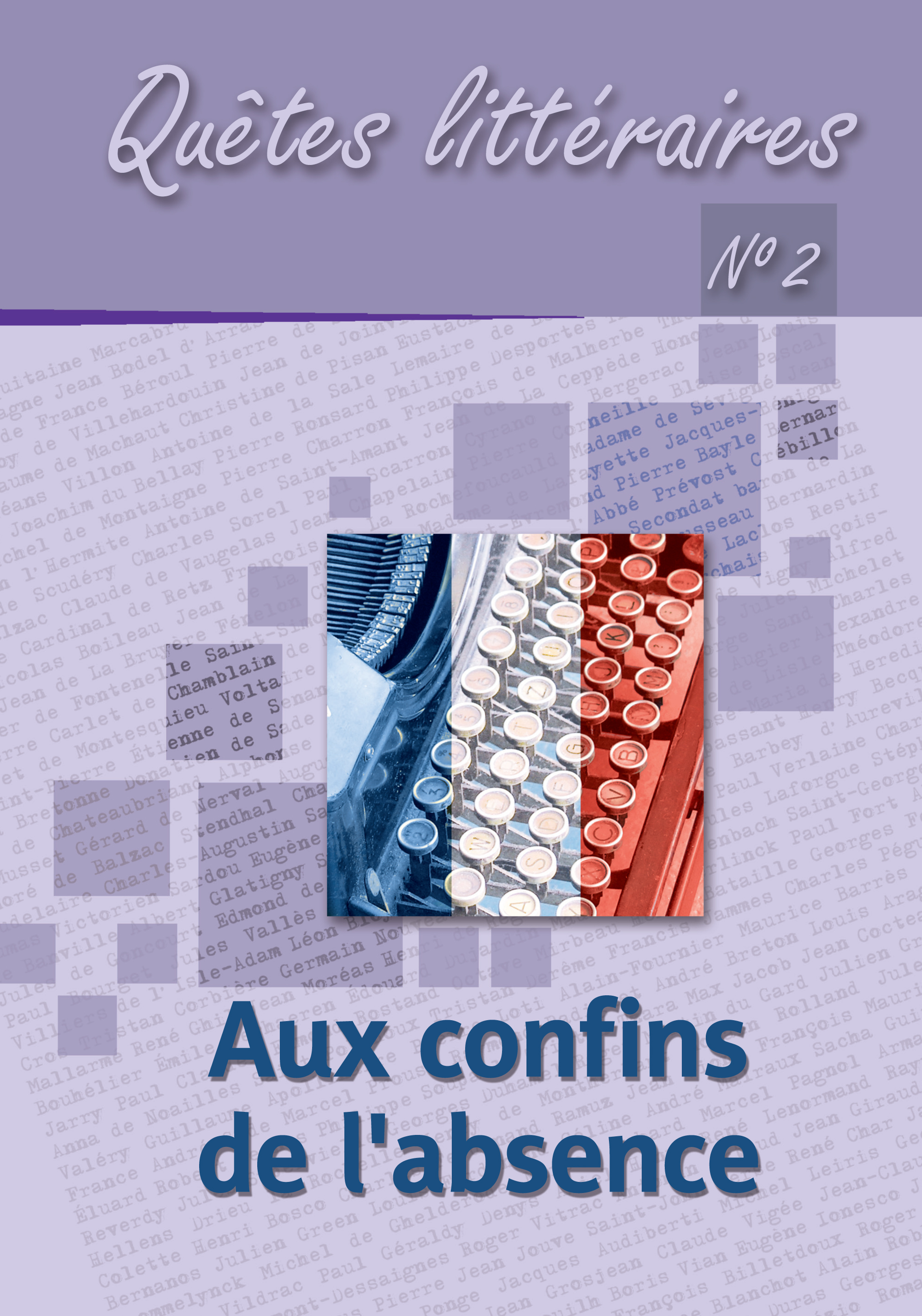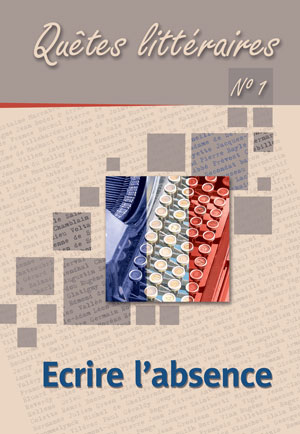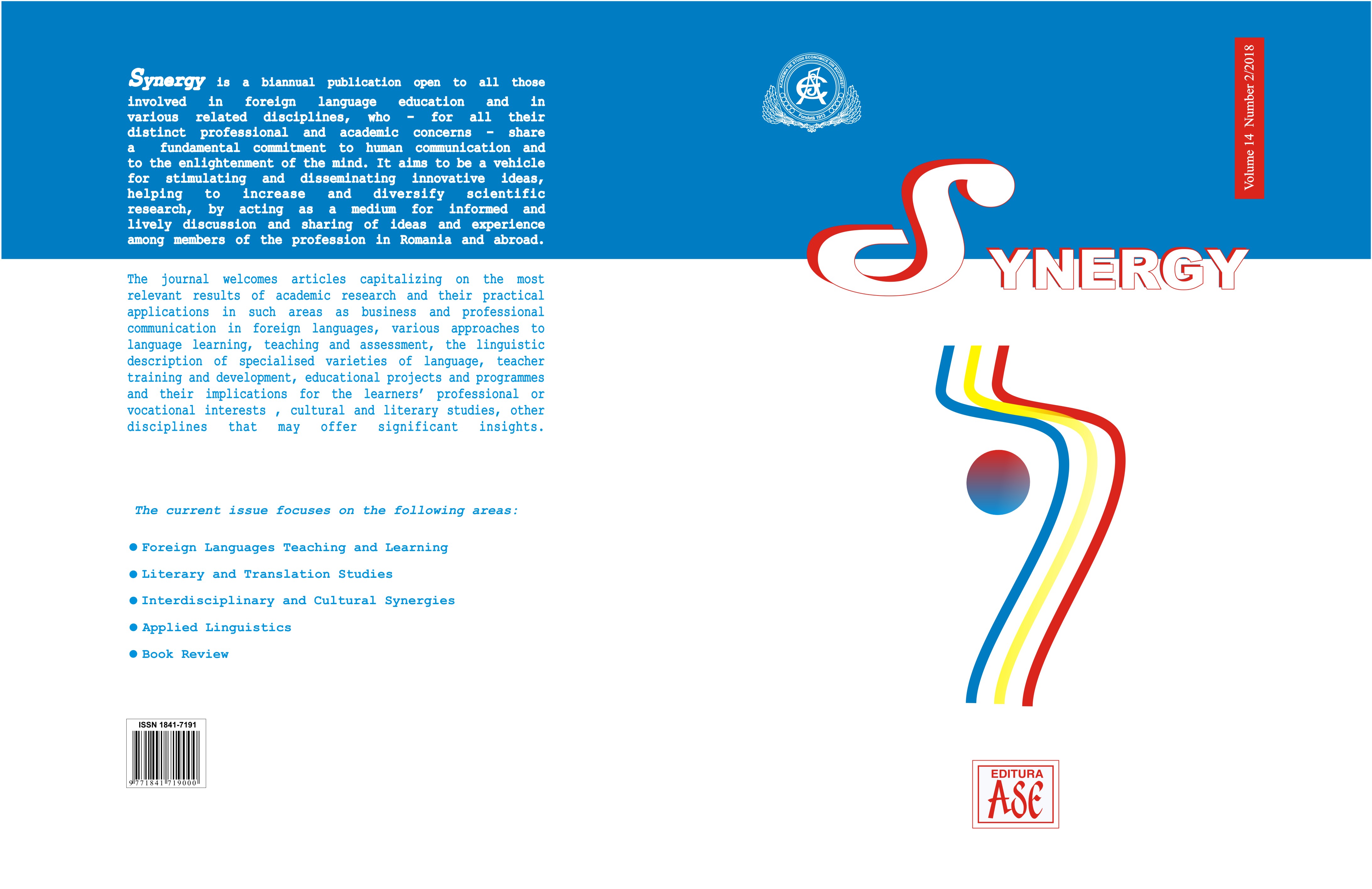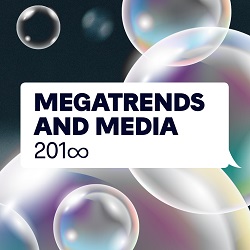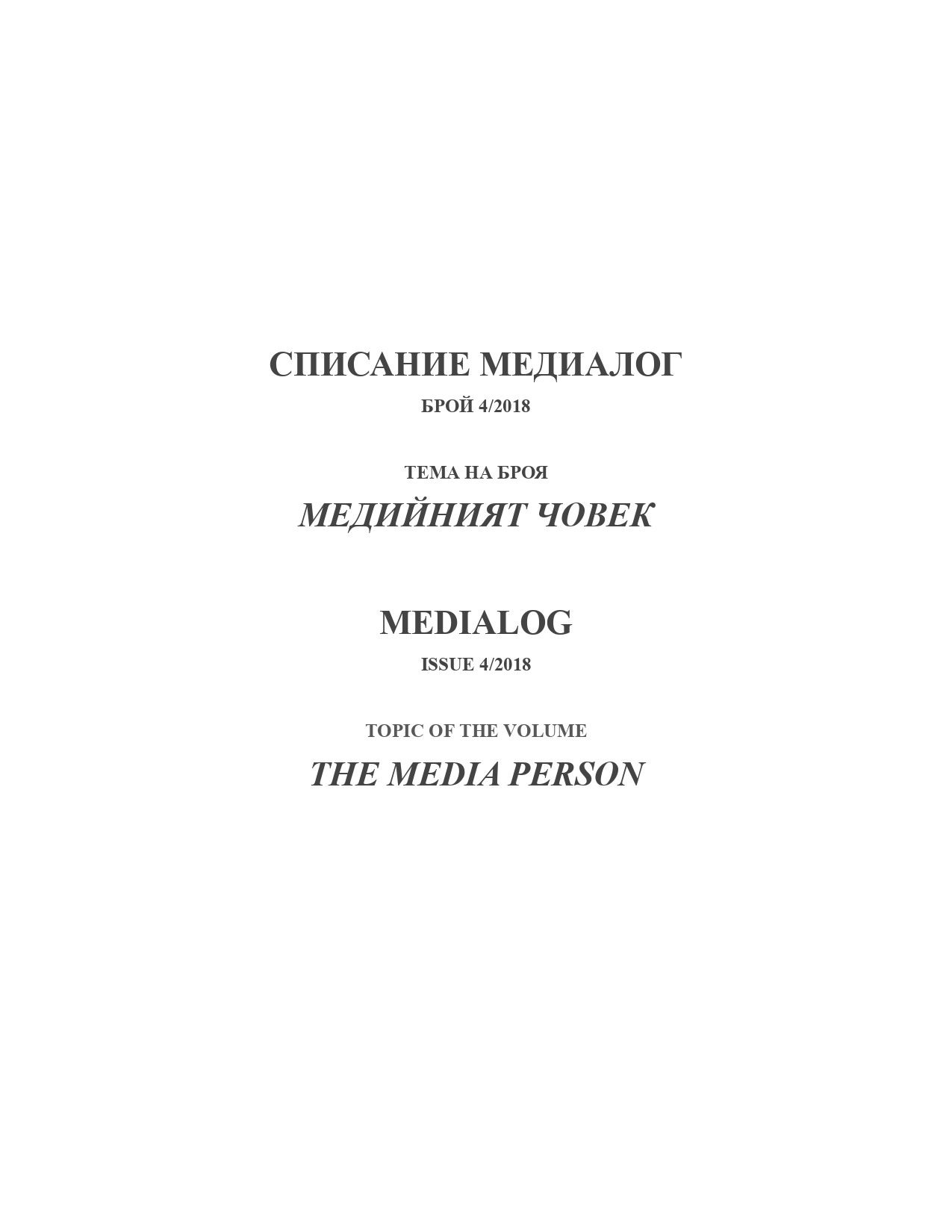Author(s): Eugenia Enache / Language(s): French
Issue: 2/2012
Our approach is focused on the issue of the “markers” of absence as well as on the expression and materialization of that absence in a corpus of works formed of the following plays: L’Intruse, Les Aveugles, Intérieur by Maurice Maeterlinck. The acceptions the concept of “absence” may receive throughout our analysis are parts of the phenomenon of progressive alienation seen, for instance, as separation (stressing the idea of distance and departure), or as solitude, then omission (in the sense of forgetting), and culminating with the inability of perception that anticipates isolation, physical imprisonment and announces death (designated through a privative prefix) as an absence that is always present and obscurity. We attempt to reveal the “markers” of absence on the level of certain constituents of the play: the character, formed of a discursive feature, infinitely simple and repetitive, much more diminished and developing without individuality, like a silent, mysterious ghost; and the action where it is rather inaction that represents our primary direction of research. As a secondary direction, we consider the markers of absence in a language that, in the case of Maeterlinck, is remarkably pure and lacks any syntactic or lexical complication, from lexical structures (the reassessment of short expressions makes the utterances seem captivatingly strange, revealing, beyond words, unutterable, unspeakable) and the grammar, especially the Semantics of its forms – the 3rd person pronouns, a form we may consider as deprived of referential content, the indefinite pronouns which indicate absence -, the Semantics of punctuation, especially that of the suspension points.
More...
